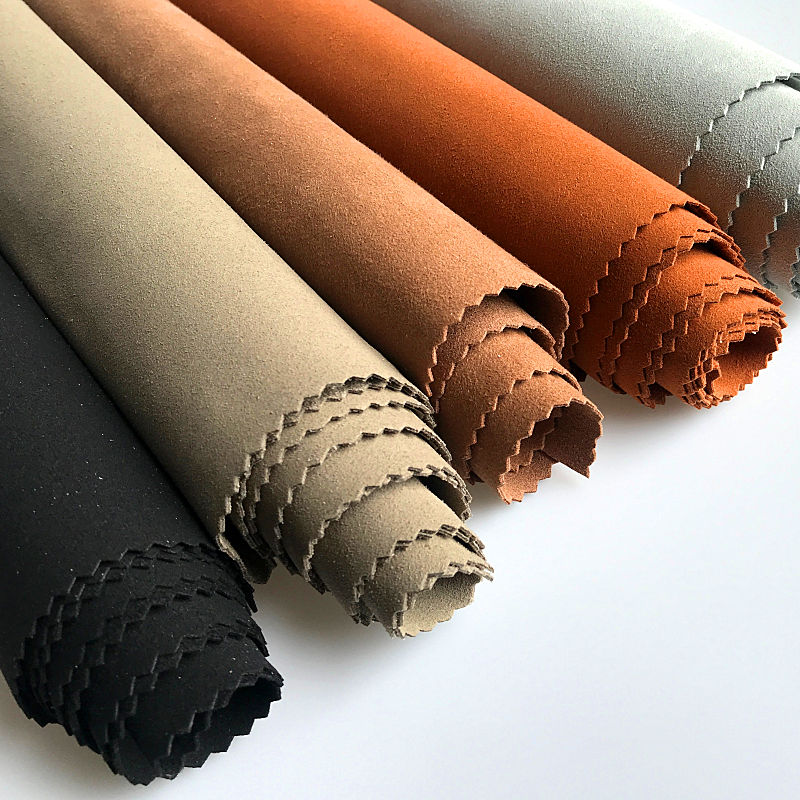Innovations in synthetic fabrics and increased awareness of humane animal treatment have led to a rise in both the quantity and quality of leather alternatives. One notable option is microfiber leather, which offers durability and closely resembles real leather. Read on to discover more about this innovative material.
Microfiber leather has gained significant attention as a versatile substitute for traditional leather. Unlike genuine leather made from animal hides, manufacturers create microfiber leather from ultra-fine fibers that mimic the texture and feel of natural leather. When comparing microfiber leather with real leather, this material stands out for its durability, breathability, and resistance to wear and tear.
In contrast to PU leather or faux leather, which may feel less authentic, high-quality microfiber leather replicates the luxurious feel of real leather. This synthetic leather also stands out as an eco-friendly choice since it avoids animal cruelty, making it popular among those seeking vegan leather options. Designers commonly use microfiber leather in accessories and garments, combining the aesthetic appeal of natural leather with the practicality of synthetic materials. Typically crafted from non-woven fabric, microfiber leather offers a sustainable, high-quality alternative for those who appreciate genuine leather products but prefer a more environmentally friendly option. Whether you’re weighing the pros and cons of microfiber leather versus real leather or exploring the benefits of synthetic leather, this material is revolutionizing the leather goods market.

What Is Microfiber Leather?
For many years, people dismissed synthetic leather. At first glance, its smell, appearance, and feel did not match that of animal skin, making it easy to identify as fake. To meet growing demand, manufacturers developed new synthetic materials, leading to the creation of microfiber leather, which many now regard as the best synthetic option.
Most synthetic leathers involve layering fabric strips and coating them with polyurethane resin. In contrast, manufacturers create microfiber leather from a mat of synthetic fibers that interweave and bond using polyurethane.
This process closely resembles the traditional method of making real leather, replacing skin fibers with microfibers. While microfiber leather offers impressive qualities, not all microfibers are created equal. To ensure quality, examine the fabric closely. If you find it challenging to distinguish between microfiber and real leather, you likely have a high-quality option.
